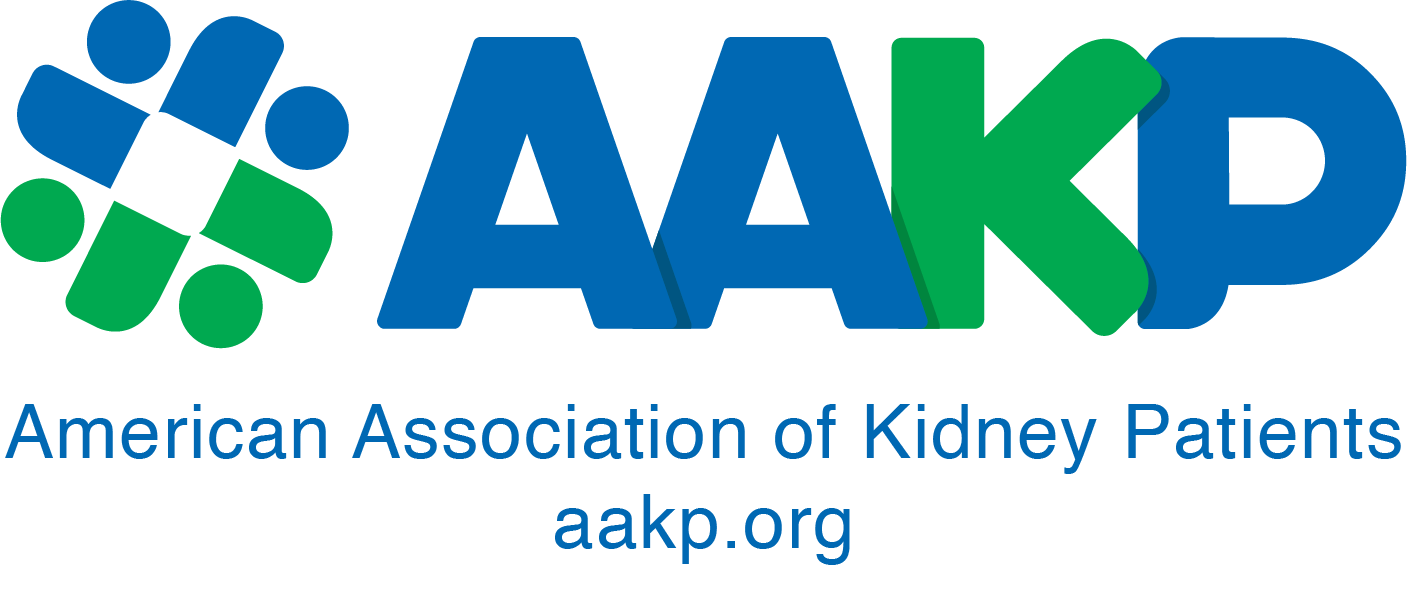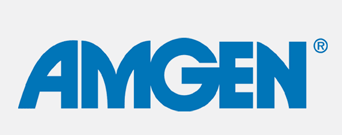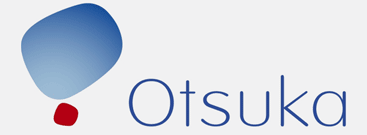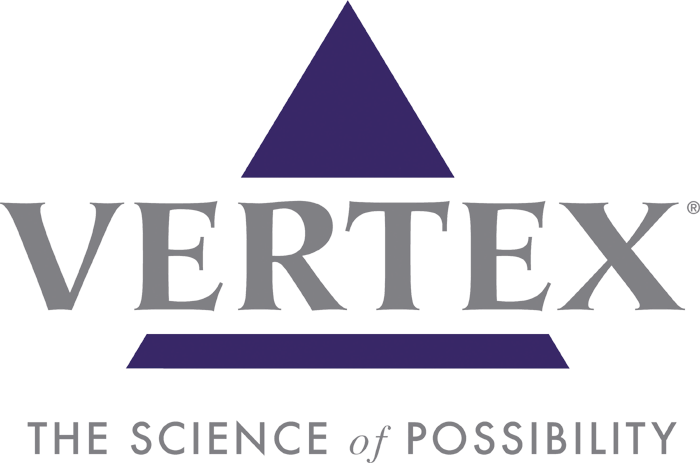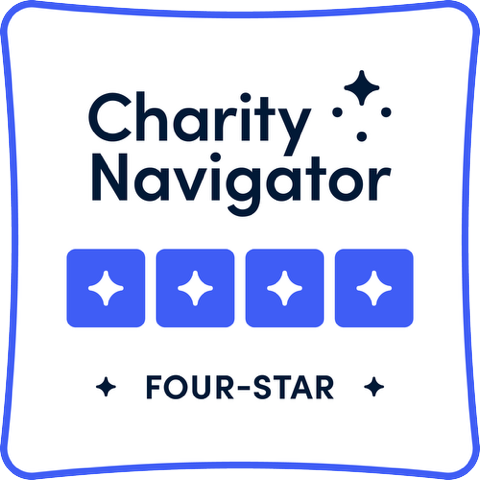There are more than 26 million Americans who suffer from chronic kidney disease (CKD), 350,000 need dialysis. Of those, 93 percent received hemodialysis (HD) at the end of 2007, and the remaining 7 percent were treated with peritoneal dialysis (PD) at home. In addition, there were about 3,000 patients using home hemodialysis (HHD) – that’s less than one percent of the patient population in the US.(1) There are a few HHD machines available. The majority of the HHD patients use the NxStage System One, a portable home dialysis machine.
During the clinical trial for the Food and Drug Administration (FDA) clearance of the NxStage System One, patients underwent HHD six times per week and afterwards this regimen was continued after clearance. As investigators during the trial, we saw the unbelievable transformation of a group of highly motivated patients, whose desire to live a more independent life with HHD greatly changed our view of the best therapy and the achievable goals for patients on dialysis. This very special group of patients that depended on dialysis reconfirmed for us that a full life was not only desirable, but achievable.
After about 12-18 months of successful daily home therapy, patients began to ask a somewhat unexpected question:“Can I do the treatments at night? I don’t have time for this during the day anymore. I can do things and I want time to do them!”
The question itself was so important that we reminded ourselves of the first principle taught in medical schools worldwide when trying to make a diagnosis: “Listen to the patient!” Our patients had experienced such a boost in wellbeing that performing HD during the day had become a burden to their ability of living the fully functioning life they had been seeking. The question demanded serious consideration of the potential risk associated with an invasive therapy administered while sleeping. And yet, could one deny such an alternative due to potential risks when nightly treatments had been successfully done worldwide in a variety of other settings?(2-7) Needless to say this question led us to offering an alternative nightly treatment.
In our centers, a typical patient on nocturnal dialysis runs 7–8 hours with a blood flow of 200–300 ml ⁄ minute and a dialysate flow of 60-100 ml⁄minute. This happened five to six nights per week depending on the sleep pattern and individual preferences/needs of the patient. Patients and clinical studies have reported great improvement in patients’ well-being and ability to function. Patients report less fatigue and fewer uremic symptoms, including fewer or no episodes of headaches, nausea, vomiting, and hypotension (low blood pressure) during and immediately after the dialysis treatment. Patients experience less social stress as they very often return to full-time employment. Nocturnal HD improves Quality of Life measures consistently(8) and was also found to improve cognitive ability(9) and to correct sleep apnea.(10) Serum phosphate level is most consistently controlled among patients who change to nocturnal HD allowing them to have fewer dietary restrictions, and no need for phosphate binders in most patients.(3-5, 7, 11) Nocturnal HD also provides better blood pressure control with reduction of blood pressure medications, as well as positive effects on the size of the heart.(12)
Who then should be offered nocturnal home HD? The primary issues that influence this decision are comfort of the patient and partner with the equipment, self-cannulation (accessing the bloodstream with a needle), the fear of not being able to sleep while on dialysis, and of dialysis circuit disconnecting during sleep. Most patients tend to start with short daily HD at home but often are willing or even ask to switch to nightly once they have successfully and safely performed short daily HD for some time at home.
One of the main issues concerns the needling of access and the securing of needles while sleeping. It is very important to tape the fistula or graft needles securely in place using a technique called the chevron method, as well as to use enuresis pads (pads that absorb fluid), which alarm if a fluid/blood leak due to a disconnect occurs. Blood lines are safely secured with netting and taping.
Catheters with locking boxes to prevent disconnect have also been used successfully for vascular access, although the boxes are not available everywhere. There is a great effort to make sure it is safe for the patient to dialyze while sleeping. Anticoagulation (temporarily stopping blood from clotting) with a heparin pump is required in most patients due to the long treatment time to prevent clotting of the system. This is another aspect that is included in the training.
Patients report nervousness about sleeping initially, which subsides after a few treatments for most patients, resulting in improved sleep quality. There is evidence that longer dialysis treatments are better in terms of health, in addition to the increased flexibility provided by night time dialysis. A motivated patient, the medical judgment by the nephrologist and care team, and the ability to train for the“specific night dialysis procedures”(securing needles and blood lines appropriately, heparin pump) are the basis to decide if this option will be right for a particular patient.
It is the positive experience of nocturnal dialysis by many patients which has guided us toward this alternative schedule. The opportunity of undergoing HHD at night, when it is least disruptive in the daily life, has helped many patients lead the life they were hoping for, despite the burden of CKD. This is not to say that nocturnal dialysis is not burdensome, but for many patients it is a far lesser burden than the alternatives.
In our centers, nocturnal dialysis is an option once the patient has experienced living with dialysis at home and demonstrated they can – and do – follow the rules set up by their nephrologist and care team. Switching to nocturnal HHD has occurred as early as three months after being on HHD therapy, but on average after 6-18 months on short daily HD.
It should be remembered that the initial HHD therapy back in the 1960s was a long slow therapy of 8-10 hour duration. Nightly HHD provides the opportunity to receive slow and long treatments that can clear the body of uremic toxins and fluid in a more gentle approach with the least interference to daily life.
References
1. USRDS report 2009
2. Pierratos A, Ouwendyk M, Francoeur R, Vas S, Raj DS, Ecclestone AM, Langos V, Uldall R: Nocturnal hemodialysis: three-year experience. J Am Soc Nephrol
9:859–868, 1998
3. Williams AW, O’Sullivan DA, McCarthy JT: Slow nocturnal and short daily hemodialysis: a comparison. Semin Dial 12:431–439, 1999
4. Lockridge RS Jr., Spencer M, Craft V, Pipkin M, Campbell D, McPhatter L, Albert J, Anderson H, Jennings F, Barger T:Nocturnal home hemodialysis inNorthAmerica. Adv Ren Replace Ther 8:250–256, 2001\
5. Kooistra MP: Frequent prolonged home haemodialysis: three old concepts, one modern solution.NephrolDial Transplant 18:16–18, 2003
6. Lindsay RM, Leitch R,Heidenheim AP, Kortas C: The London daily ⁄ nocturnal hemodialysis study-study design, morbidity, and mortality results. Am J Kidney Dis 42:5–12, 2003
7. Agar JW: Nocturnal haemodialysis in Australia and New Zealand (review article). Nephrology 10:222–230, 2005
8. Finkelstein FO, Finkelstein SH, Wuerth D, Shirani S, Troidle L: Effects of home hemodialysis on health-related quality of life measures. Semin Dial 20:265–268, 2007
9. Jassal SV,DevinsGM, ChanCT, Bozanovic R, Rourke S: Improvements in cognition in patients converting from thrice weekly hemodialysis to nocturnal hemodialysis: a longitudinal pilot study. Kidney Int 70:956–962, 2006
10. Hanly PJ, Pierratos A: Improvement of sleep apnea in patients with chronic renal failure who undergo nocturnal hemodialysis. N Engl J Med 344:102–107, 2001
11. Lindsay RM, Alhejaili F, Nesrallah G, Leitch R, Clement L, Heidenheim AP,KortasC:Calciumand phosphate balance with quotidian hemodialysis. AmJ Kidney Dis 42:24–29, 2003
12. Chan CT, Floras JS,Miller JA, Richardson RMA, Pierratos A: Regression of left ventricular hypertrophy after conversion to nocturnal hemodialysis. Kidney Int 61:2235–2239, 2002
Brigitte Schiller, MD, is Vice President of Scientific Affairs with Satellite Healthcare in Mountain View, Calif.
John Moran, MB, BS, is Corporate Medical Director for WellBound in Mountain View, Calif.
Editor’s Note: There are currently no systems specifically indicated for nocturnal hemodialysis. NxStage is currently undergoing an FDA IDE Clinical Trial for this specific indication, and Satellite Healthcare/WellBound is participating as one of the study sites. For more information, go to ClinicalTrials.gov and search NxStage.
This article originally appeared in the November 2009 issue of At Home with AAKP.
